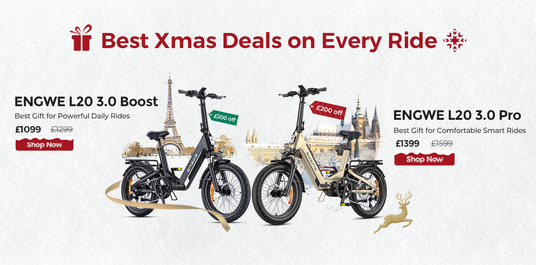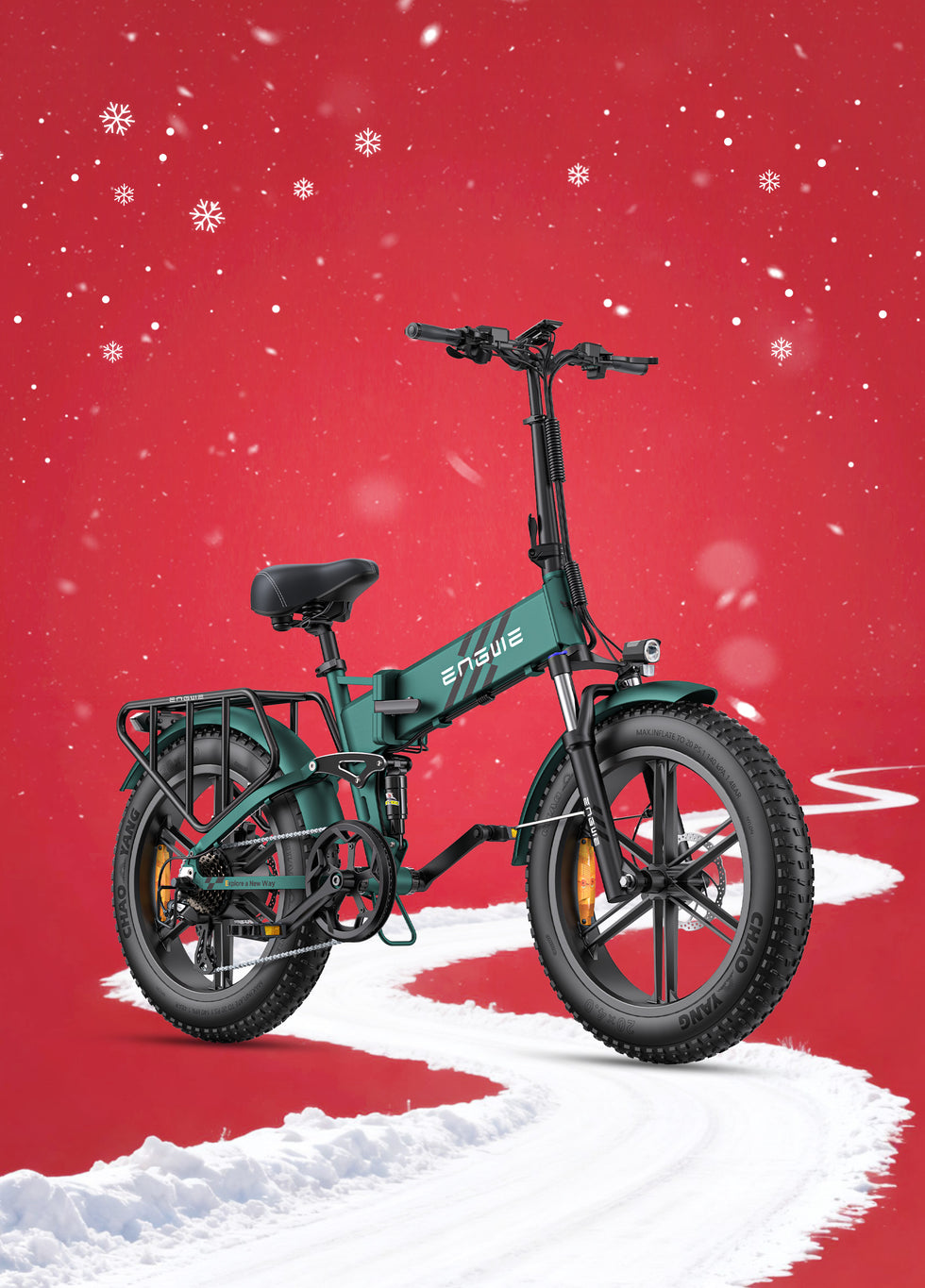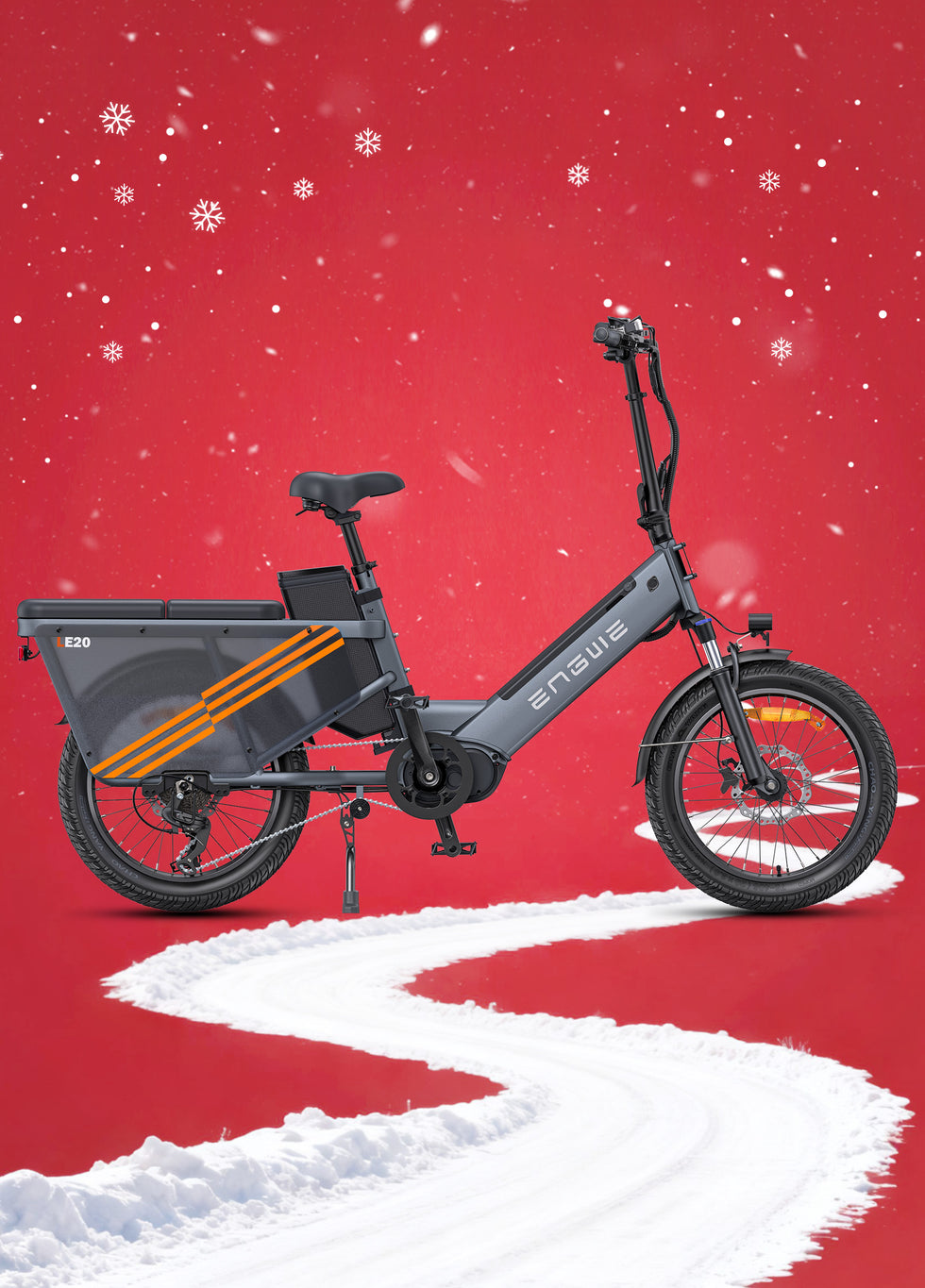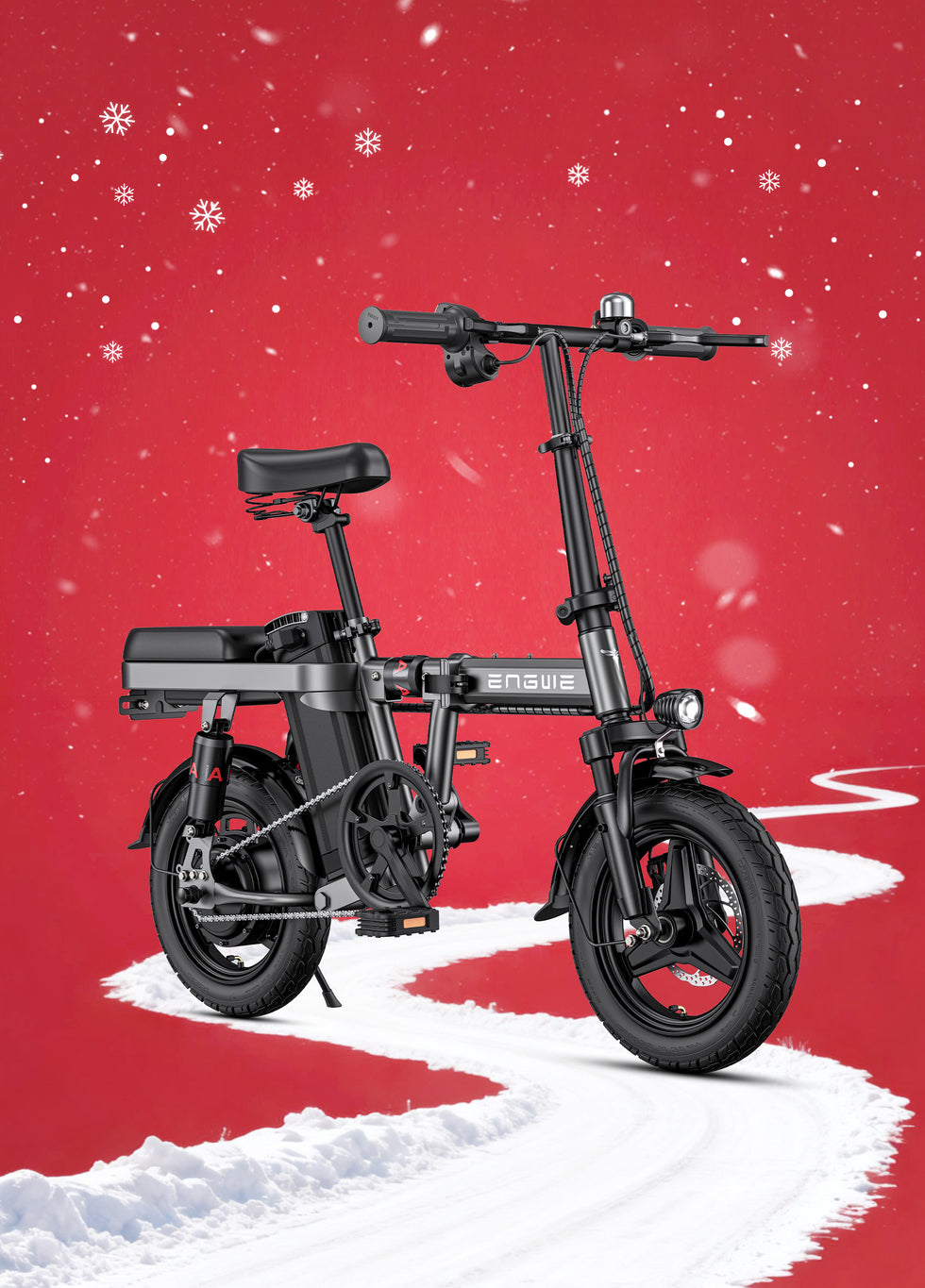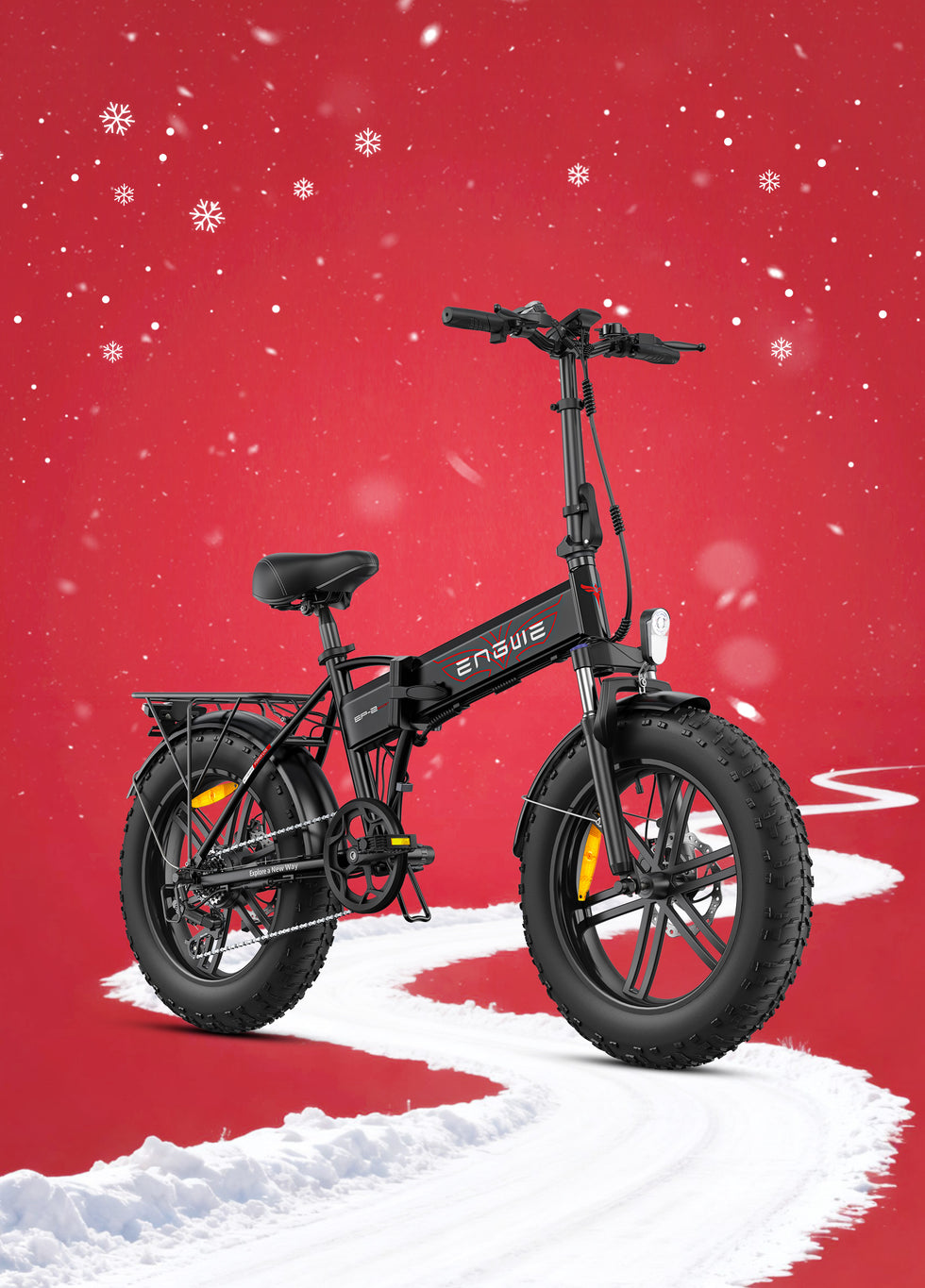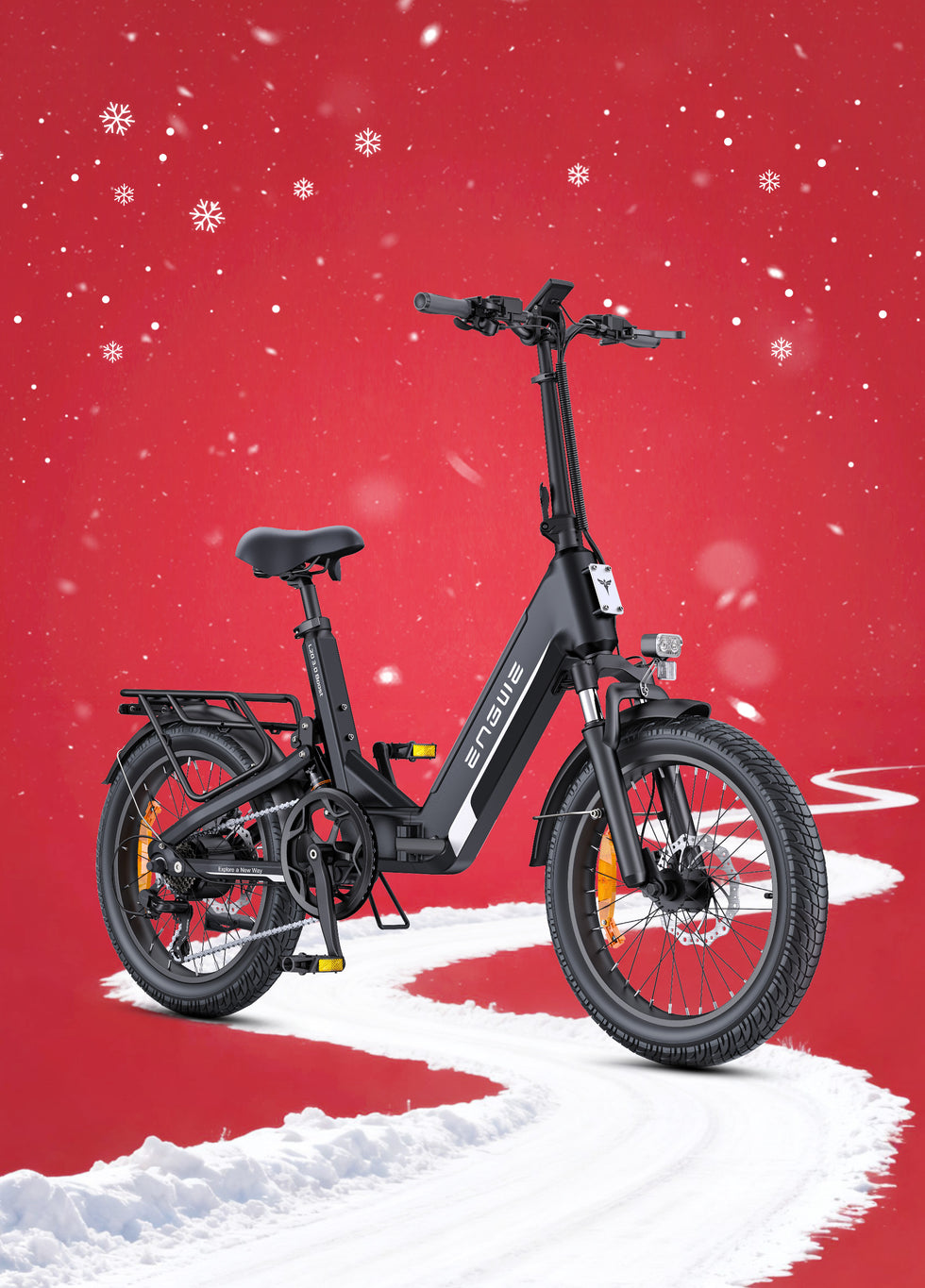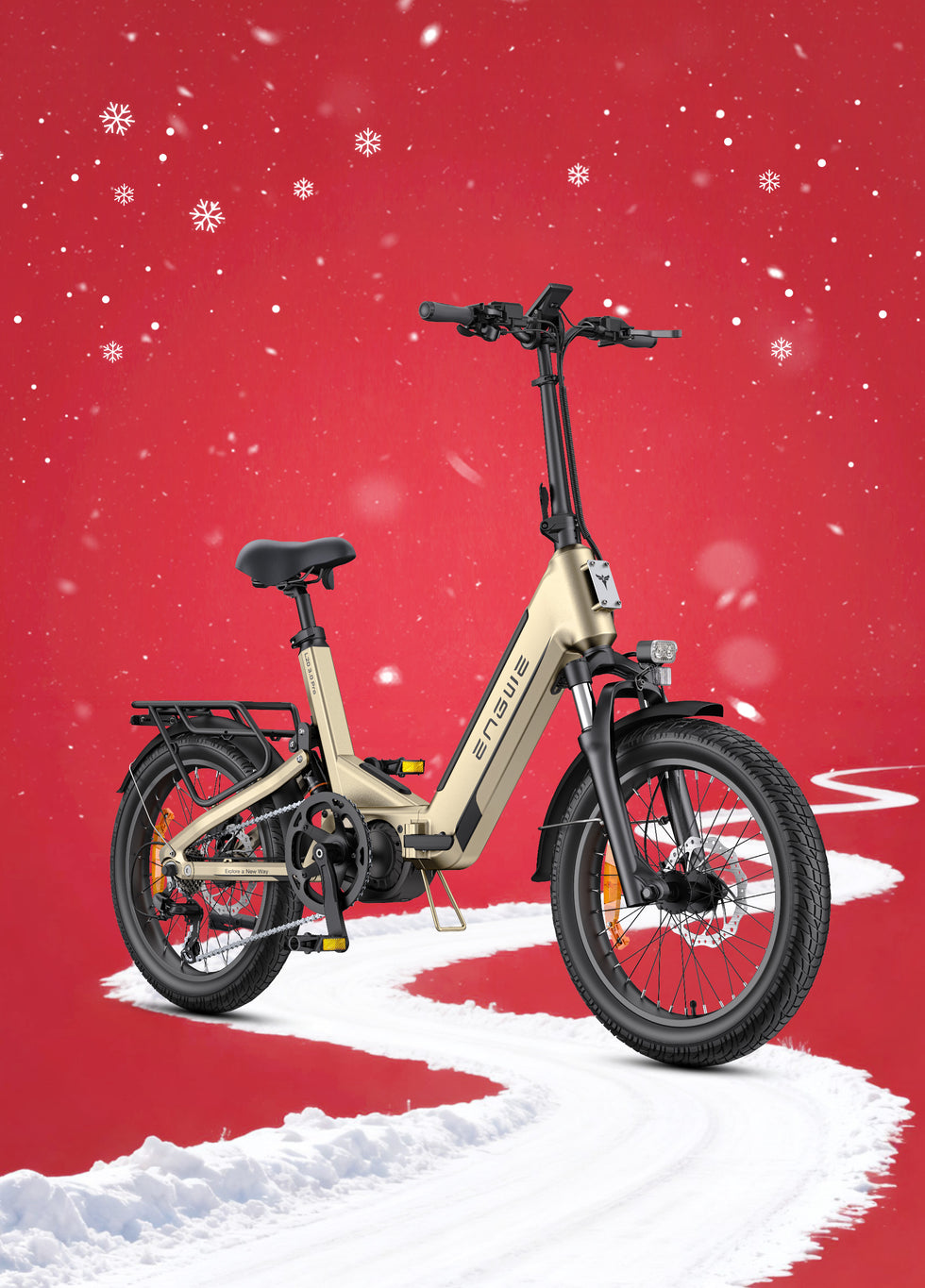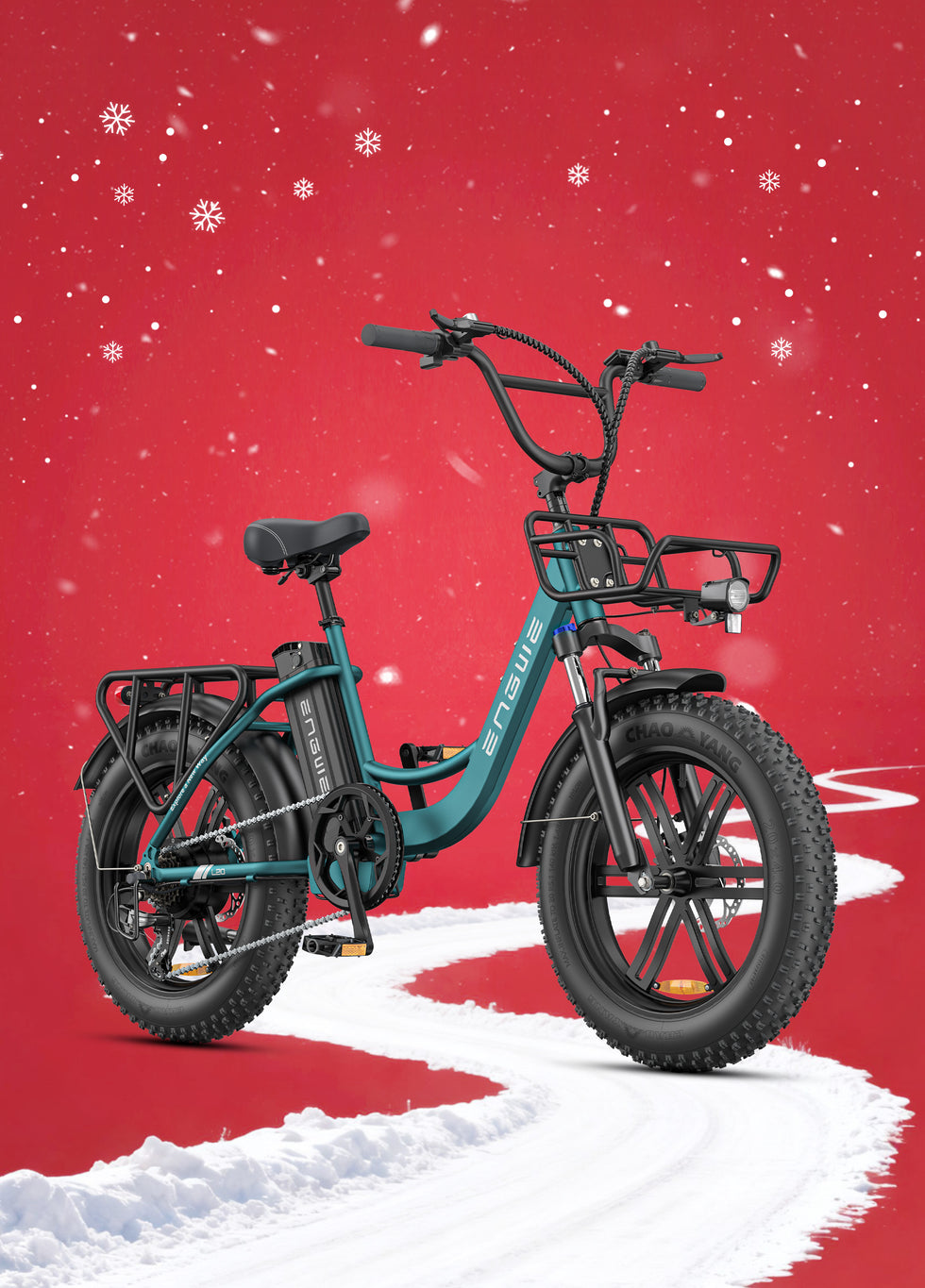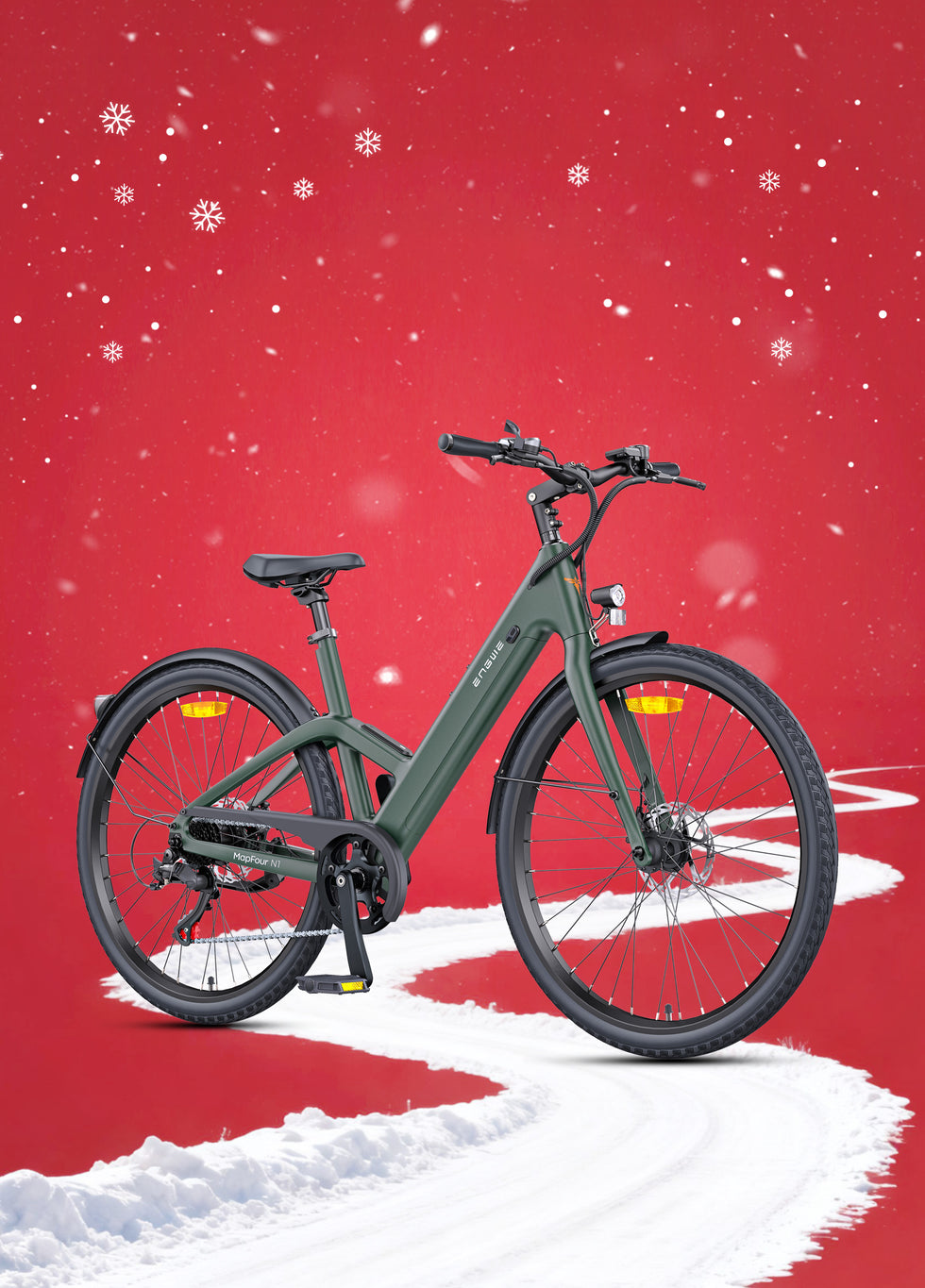Your electric bike’s lithium battery is its “heart.” It’s the quiet powerhouse that makes a challenging uphill struggle a breezy coast and a long, intimidating commute a delight to ride. But as soon as you start examining the fine print, you’re inundated with a bunch of techno-jargon: Volts, Amp-hours, Watt-hours, and endless claims of phenomenal range (usually unrealistic). What’s the big idea and, more to the point, how do you know which one to pick for your requirements? With many, many hours on various electric bike systems under my belt, I want to be the one to cut through the noise and give you the actual, practical information you need to make an informed decision. This isn’t rocket science or electrical engineering; it’s understanding the very real-world difference that the battery translates into in terms of enjoyment, freedom of use, and real-world performance of your rides.
To help organize this, below we are going to highlight the common questions riders have when they contemplate whether or not the available battery technology would be the right pick for them. This is what really counts.
| User’s Core Question | What They’re Really Asking | Where We’ll Address It |
|---|---|---|
| What do the numbers mean? | How do I compare a 48V 13Ah battery to a 36V 10Ah? What are V, Ah and Wh in terms of my ride? | Decoding the Technical Specs |
| "How much can I really get away with?" | Why the number never seems to match the reality. What are the things that will drain my battery faster? | The Reality of Range: More Than Numbers |
| How do I make it last? | How can I make my battery last up to a year before I have to get it replaced? What’s the best way to charge and store the battery? | Extending The Battery Life Of Your Device |
| Is it safe? | I’ve heard battery tales. How can I make sure my battery is safe to use and charge? | Safety First: Taking Care of Your Batteries |
| Which bike gets it right? | Can you suggest a bike that has a really good, well-integrated battery system without my having to be an expert? | Final Overview (The ENGWE EP-2 Boost As An Example) |
Decoding the Technical Specifications
Let’s get past the three important numbers you’ll find on any electric bike battery. The first step to making a sensible decision is to understand them.
Volts (V)
Imagine this as the “muscle” or pressure of the electrical system. A higher voltage system, for example, 48V, can provide power to the motor more efficiently than a lower voltage system, for example, 36V, resulting in faster accelerations and better hill climbing. For the vast majority of UK off-roaders, 48V feels sturdy and responsive across the moraine.
Amp-hours (Ah)
This is the “fuel tank.” It’s a measure of the battery’s capacity—essentially, how much energy it can store. The more Amp-hour rating that your battery carries, the more fuel in your tank and, all things being equal, the farther you can go before needing to refuel. 13Ah has quite simply a lot more power than a 10Ah battery.
Watt-hours (Wh)
This one is possibly the most interesting, because it will allow you to calculate the total energy capacity of the battery. It is determined by multiplying Volts by Amp-hours (V x Ah). A 48V 13Ah battery produces 624Wh of power, for instance. This one number is also one of the best ways to directly compare the total “range potential” that two batteries have, when they are of differing Volt and Amp-hour ratings. The higher the Wh, the more potential range.
The Truth About Range: It’s Not Just About the Numbers
Manufacturers will usually publicize a maximum range, which is tested under optimal conditions: a light rider on a flat road with no wind, at the lowest possible level of pedal assist. Charge the battery more often or charge your phone less often and the real-world range becomes something else. Here are the big forces that are contributing:
- Your preferred assistance level: Riding in high power, or “turbo,” mode uses more battery than riding in a gentle “eco” mode.
- Terrain: It takes a lot of energy for the motor to ride up hills and you won’t get nearly the same range that you would on flat ground.
- Rider and cargo weight: A heavier rider, or one with groceries in tow, needs more power to move, which reduces range.
- Tyre pressure: Low air pressure in tyres increases rolling resistance, which means the motor has to work harder.
- Wind: When you ride into a powerful headwind, it’s like climbing a hill; the motor has to battle the resistance, which results in more battery use.
- Temperature: Lithium-ion batteries run best in moderate temperatures. In the cold winter months, though, brace yourself for a range that's reduced by perhaps 20-30% as it's less efficient for battery chemical reactions to take place.

The ENGWE EP-2 Boost Example: Bring it all together
Theoretically speaking is cool, but being applied to a well-designed electric bike is even cooler. This is where a brand like ENGWE really excels, and with their EP-2 Boost in particular. Rather than throwing a battery on and hoping for the best, they’ve built an entire system where every part talks to each other. The EP-2 Boost is my number 1 pick as it is the best combination of power, range and features while being beginner-friendly. It has a 48V 13Ah high-capacity lithium-ion battery, so it has a long-lasting energy reserve that you'll definitely appreciate during longer rides. This pairing is where the magic lies, you get the zip preferred from a 48V system over 36V but you also get a decent range out of the big 48V battery (a 13Ah), with a maximum claimed range is just 120km in PAS 1. That’s a major practical advantage of its removability; you can bring the battery indoors, into your home or office, to charge it safely, free of cold and thieves. What makes it special on the other hand is the wise use of that power. Supporting the motor, which is smooth and intuitive and feels more like an extension of your own pedaling rather than a sudden jerky push, there’s a torque sensor. Not only does this make for a smoother ride, it helps improve the efficiency, aiming to achieve more distance on every charge. Combined with a 55Nm 250W motor and an exclusive Boost throttle for tackling steep inclines, the EP-2 Boost proves that a good battery is the starting point for a great ride, especially when it comes to the different terrains found across the UK.

Maximising Your Battery's Lifespan
An e-bike battery represents a major investment, and with the right maintenance can last thousands of miles. A “standard” lithium-ion lifespan is considered 500-1000 complete charge cycles before there is a noticeable decline in capacity. Here are the golden rules for maintaining your battery:
- No deep discharges: Try to keep it above the middle. You should recharge it when it falls to about 20%.
- The rule of 80: For normal usage, you can charge to somewhere between 80-90% instead of 100% as it will elevate the longevity of the battery cells quite noticeably. This is a simple process with most chargers these days.
- Use the right charger: Always use the charger that came with your electric bike. Third-party chargers and cables may not have the proper voltage or cut-off circuits, potentially leading to damage of the battery or fire risk.
- Store it smartly: If you’re not going to use the e-bike for a couple of weeks, keep the battery with a charge level of 40-60%. Keep it in a cool dry place away from direct sunlight and high temperatures. Never leave it lying in a freezing shed over winter.

Safety First: Responsible Battery Ownership
When managed correctly, lithium-ion batteries are extremely safe, but it’s important to be sensible.
- Battery check: Never forget to inspect your battery for any form of damage including cracks in the casing, swelling, and leakage. If you have one, stop using it immediately and reach out to the maker.
- Don’t charge alone: You should always be around when your battery is charging—especially overnight. Charge on a hard, non-flammable surface, at a distance from anything flammable.
- Keep it dry: While most e-bike systems are water-resistant, never submerge the battery. Should you get caught in a heavy rainfall, wipe the battery and the contacts dry with a piece of cloth before charging.
Once you know these basics, the lithium battery that powers your e-bike is no longer a black box, but a trusted friend on your journeys.
Frequently Asked Questions
1. Can I upgrade my e-bike battery?
This is a question I get a lot, and the answer is “maybe, but carefully.” You may have to make a direct upgrade if there is a higher capacity aftermarket battery available that uses the same voltage, and physical case as your original, and has the same connector. But trying to squeeze in a third-party battery is not without risk. It might not have proper communication with your bike's controller, may void warranty. But most importantly it can become a huge safety hazard if voltage or management systems do not match. Be sure to ask your bike’s manufacturer first.
2. What is the lifespan of an ebike battery before you need to replace it?
A high-quality lithium-ion battery, if treated well, can last from 3–5 years, or about 500–1000 full charge cycles. A “full charge cycle” is one use of 100% of its capacity, which might translate to one trip from 100% to 0%, or two runs from 75% to 25%. Battery life won’t suddenly gunk out after this time period; it will merely have a diminished maximum capacity. That older battery that used to give you 50 miles of driving on a charge may now only provide 35 miles.
3. Is the removable battery better or not than the integrated one?
It’s mostly a matter of personal preference and lifestyle. And they do provide huge convenience, as the likes of the ENGWE EP-2 Boost’s removable battery will attest. The battery is removable, so you can charge it off the bike for charging at work or in a flat without a power outlet in the bike storage area. It also permits you to remove the battery in the winter to keep it warm and increase security. The rest of the power is stored in integrated batteries, housed in the frame, for a more streamlined, clean look, and can potentially be better protected from the elements, but also means that you can only charge wherever you can park the whole bike.
4. What’s the difference between a torque sensor and a cadence sensor and what does it do to battery life?
This is an integral part of the ride and how efficient it is. Cadence detection just feels whether or not you are pedalling and delivers a predetermined amount of power according to your selected assist level. It can seem a bit jerky, on/off, in that way. The more-advanced system measures how hard you are pedalling with a torque sensor. It applies power proportionally: If you pedal harder climbing a hill, the motor provides more assistance. This is a lot more natural, and you also save power when the system isn't running at full swing, which can greatly increase how long your battery lasts on a single charge.
5. Why is my battery range so much lower in the winter?
That’s because of the chemistry of lithium-ion batteries. Low temperatures will have the effect of causing electrochemical reactions in the battery cells to slow down and the internal resistance to increase, so the effective capacity of the battery decreases. You’re not causing permanent damage to the battery; you’ll get back your regular range when the weather warms up. To avoid this problem, store and charge your battery indoors at room temperature, and if you can, take it out to the cold bike only shortly before you ride.
Selecting the perfect electric bike is all about finding the right power levels for your ride.
